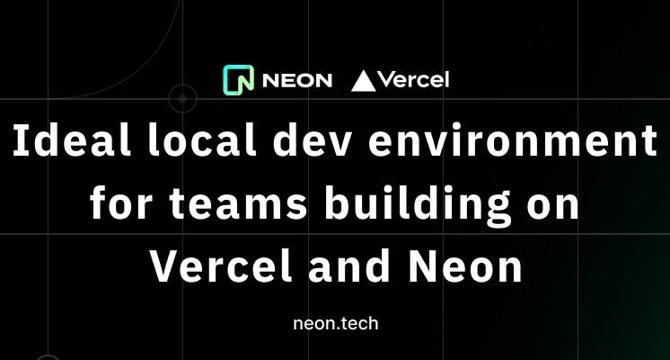Hackernoon
10h
24

Image Credit: Hackernoon
Building a Web App? This Method Makes It Faster, Safer, and Smarter
- The article covers how to set up an optimal local development environment for a Next.js project using Neon Postgres and deploying it to Vercel.
- It includes topics like the best practices for local development and deployment, branching, and environments.
- The article provides a detailed guide on how to set up a Neon Postgres project for local development, deploy a Next.js project to Vercel using the Vercel CLI, and use Vercel edge functions to improve runtime operations.
- It also explains how to protect Neon database from SQL injection attacks and how database branching in Neon works.
- Some prerequisites required for this guide are proficiency with Next.js, a Neon account, and a Vercel account.
- Creating a Neon account and setting up a Neon Postgres project is explained with important details like how to set up the Neon project, how to use Neon SQL editor, and how to copy pooled connection string to a .env.production file within the Next.js project.
- Deploying your Next.js app to Vercel with Vercel CLI and setting up a Vercel edge function to retrieve user information from a Neon database is also explained along with step-by-step guidance.
- This article also talks about sending data to Neon, SQL injection and attack prevention on the database, and creating database branching in Neon.
- Overall, the article aims to optimize the development workflow of a project to ship faster and better through best practices and opinionated guidance.
- The project is available on GitHub for further reference.
Read Full Article
1 Like
For uninterrupted reading, download the app